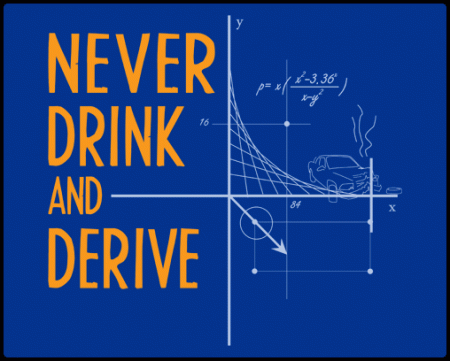A couple of recent articles on John McWade’s Before&After blog really point up the importance of keeping the audience in mind, as opposed to the designer or the client, and designing for that audience.
A week or so ago, John posted two Craig’s List ads for the same classic Jeep. He asked for comments as to which one his readers felt more likely to sell the car. You can read that post here, along with the many, many comments. Look them over, read the responses, and make up your own mind.

